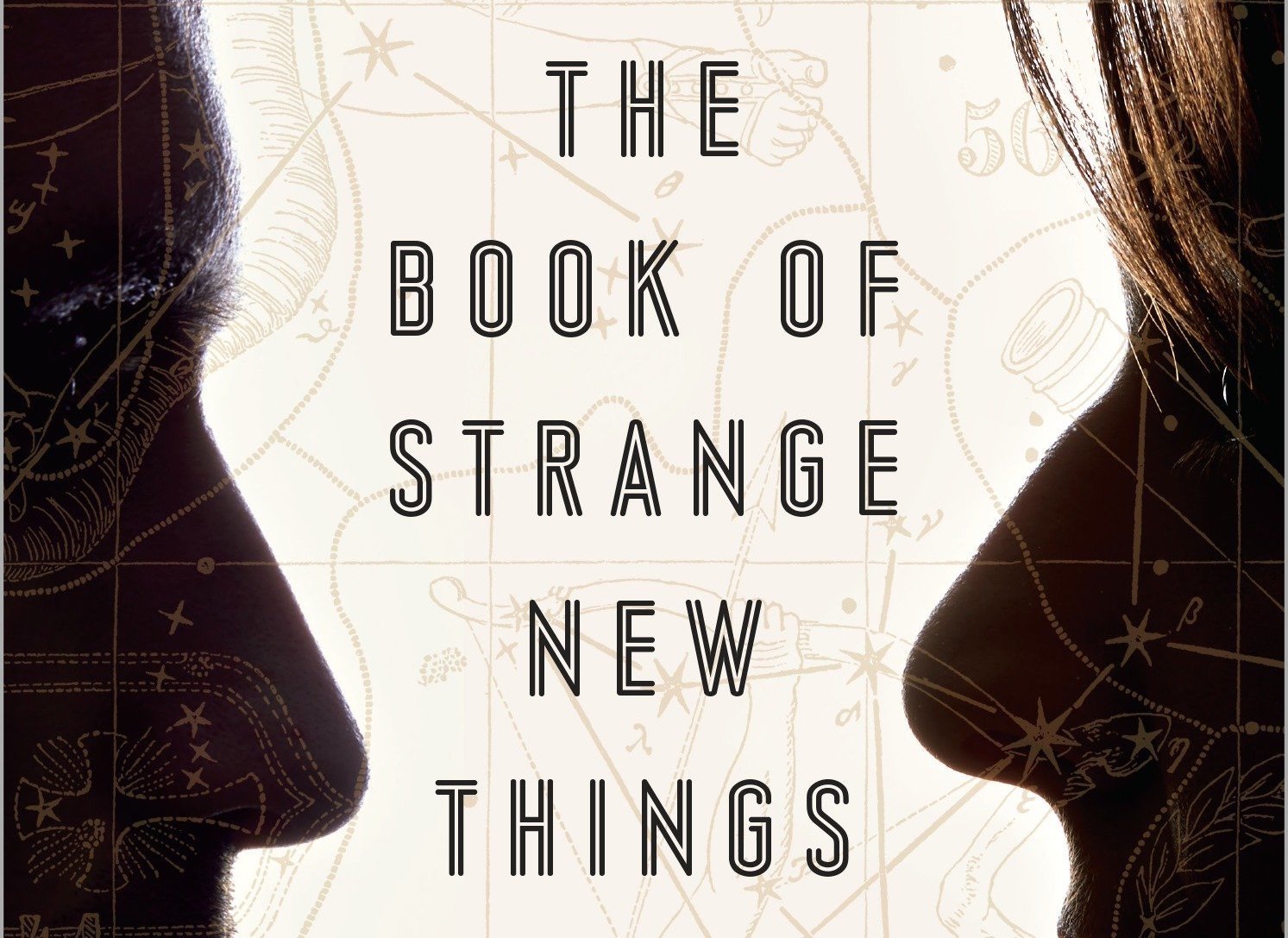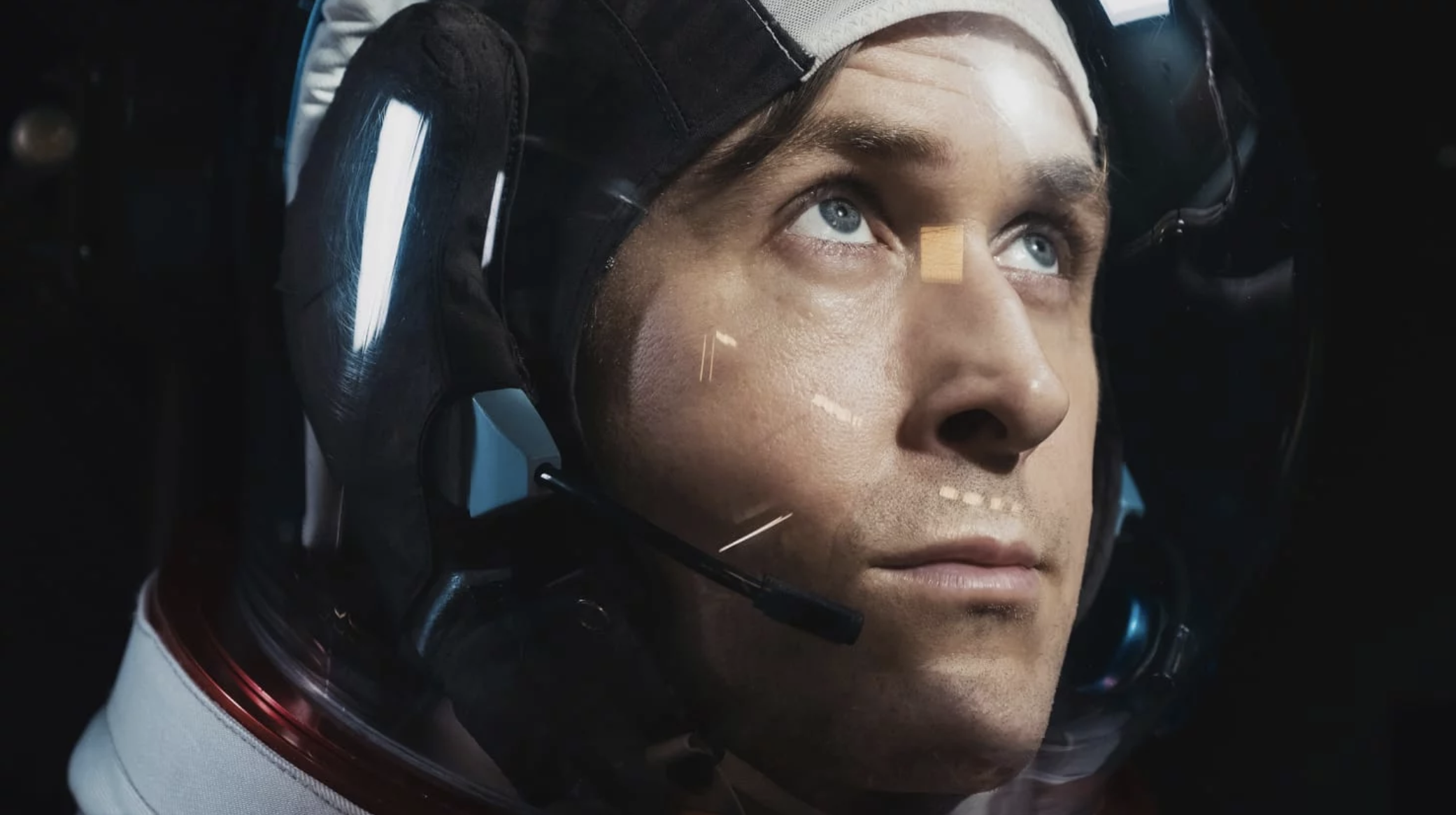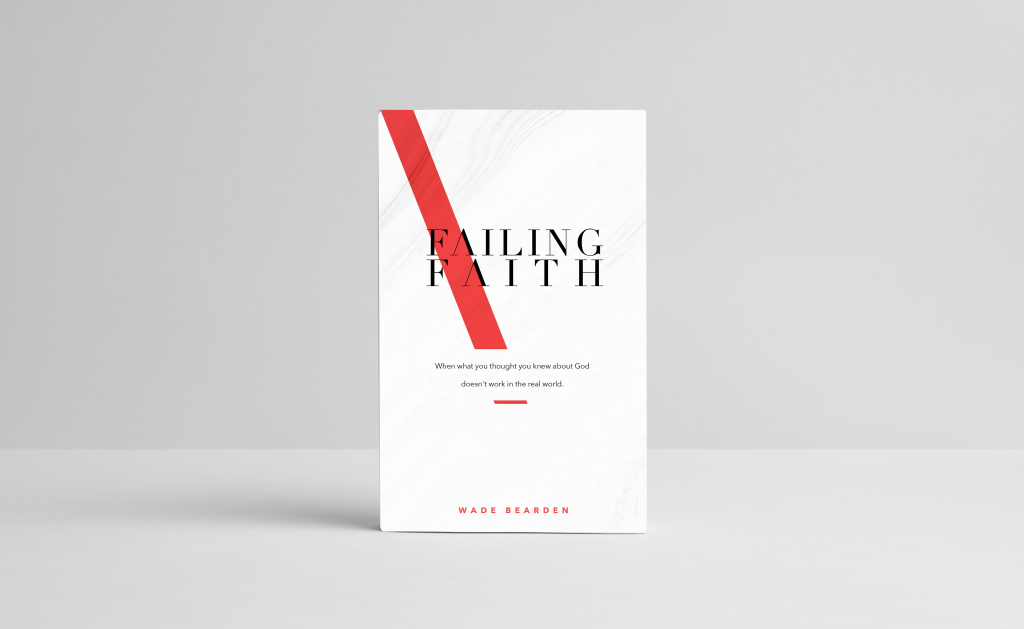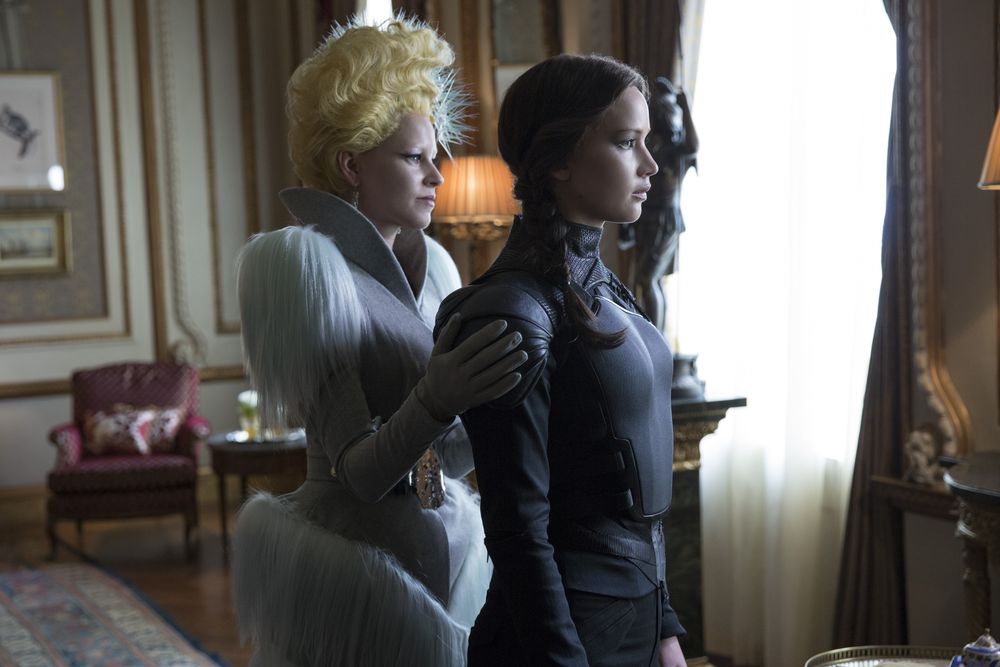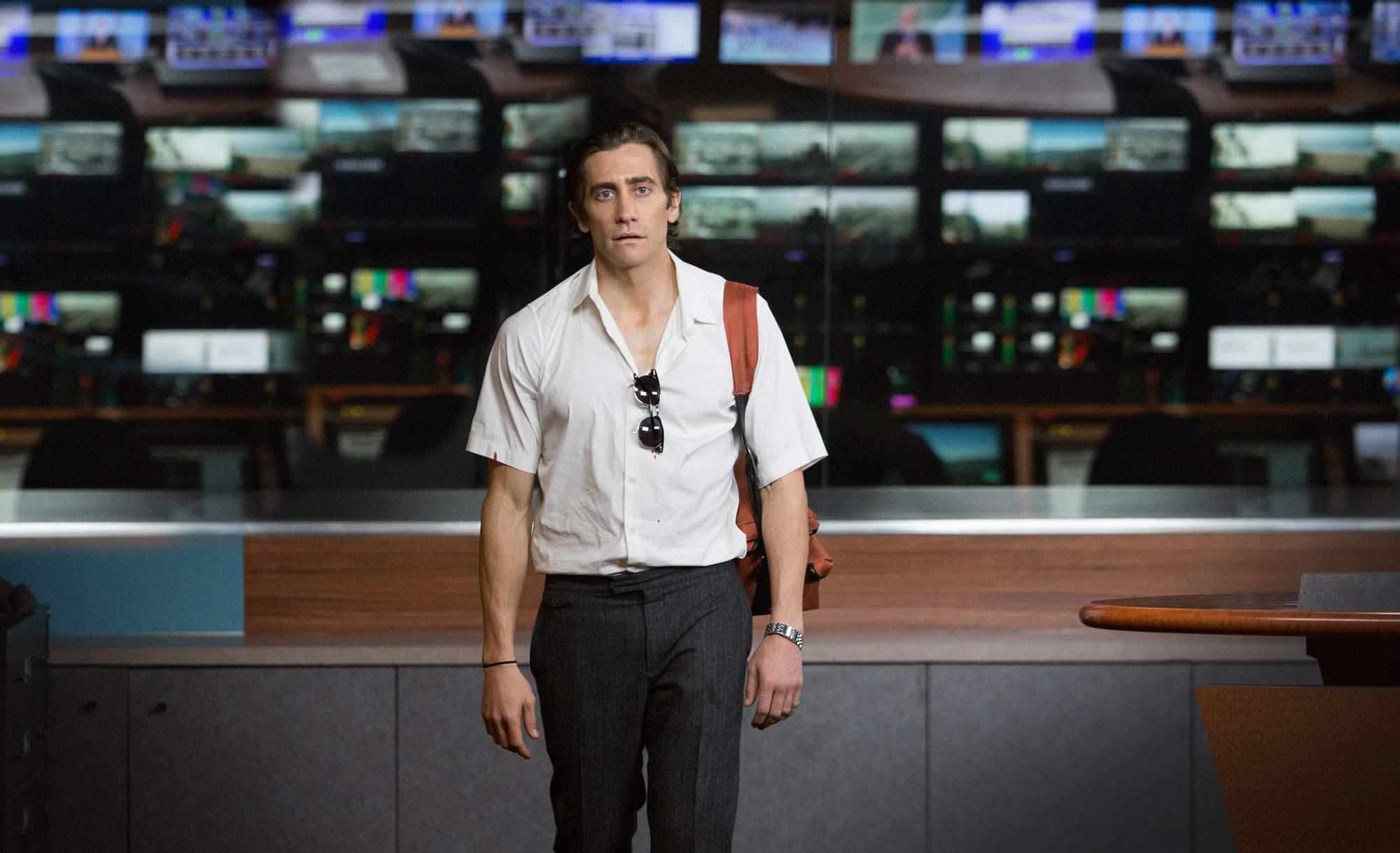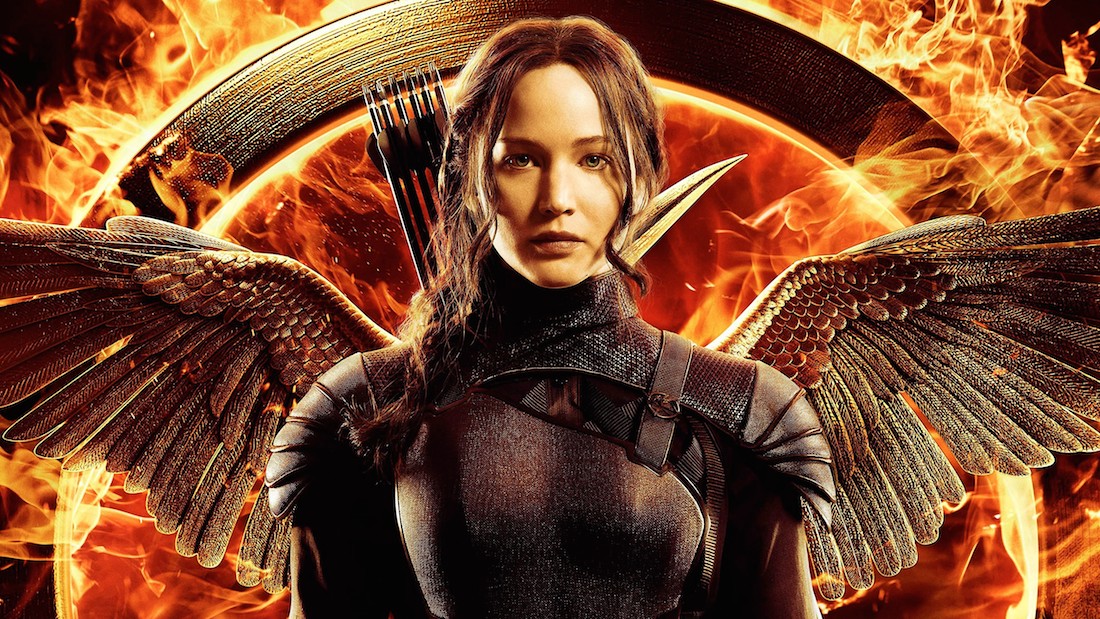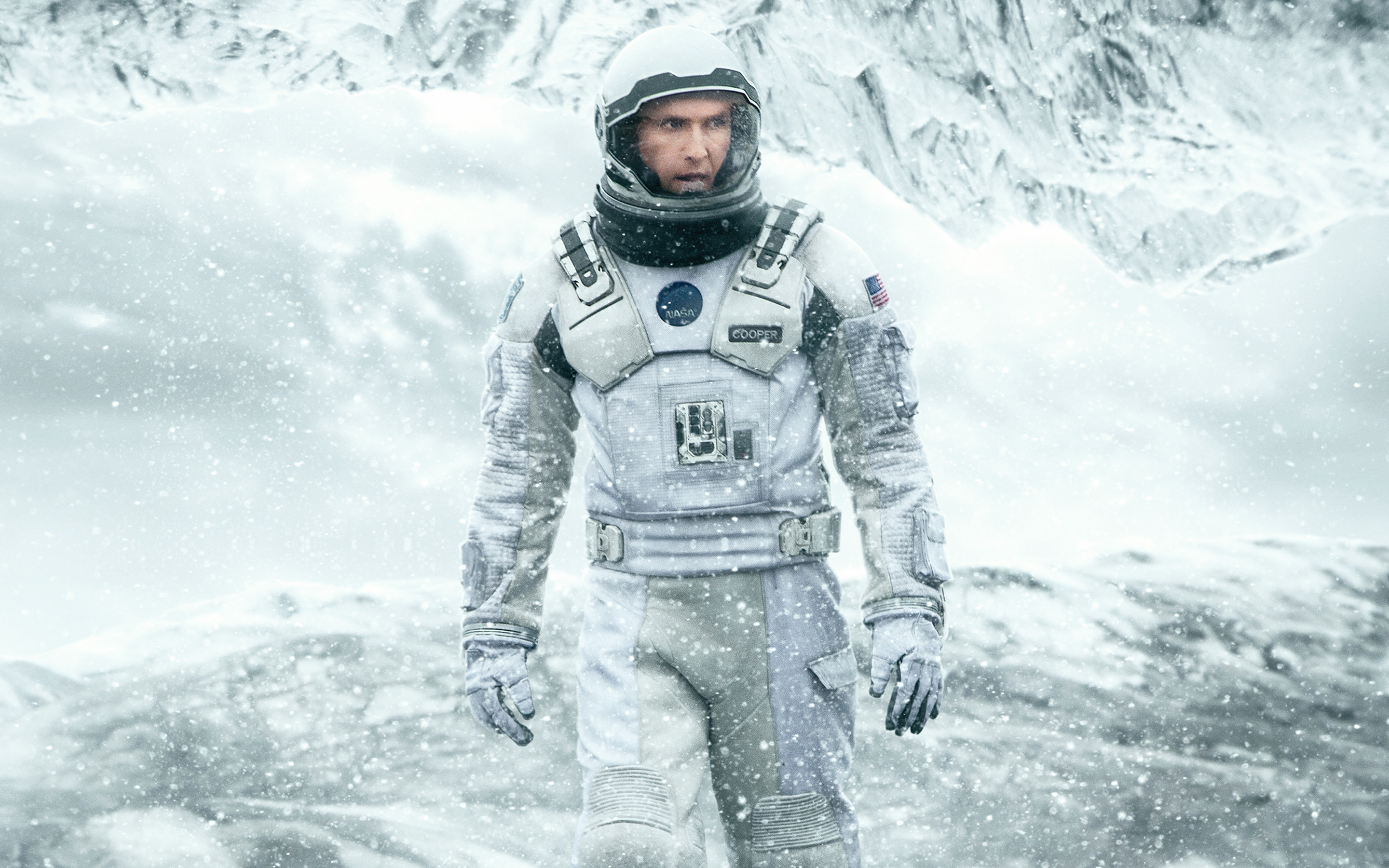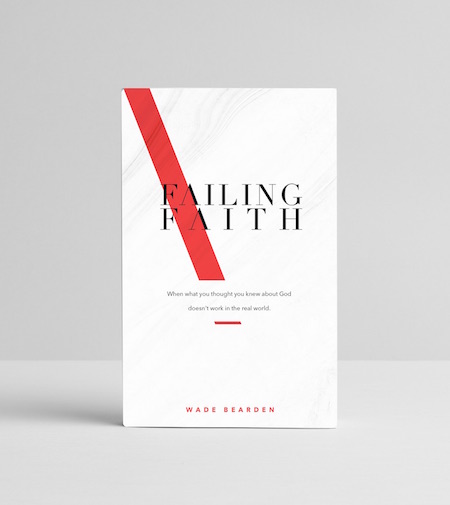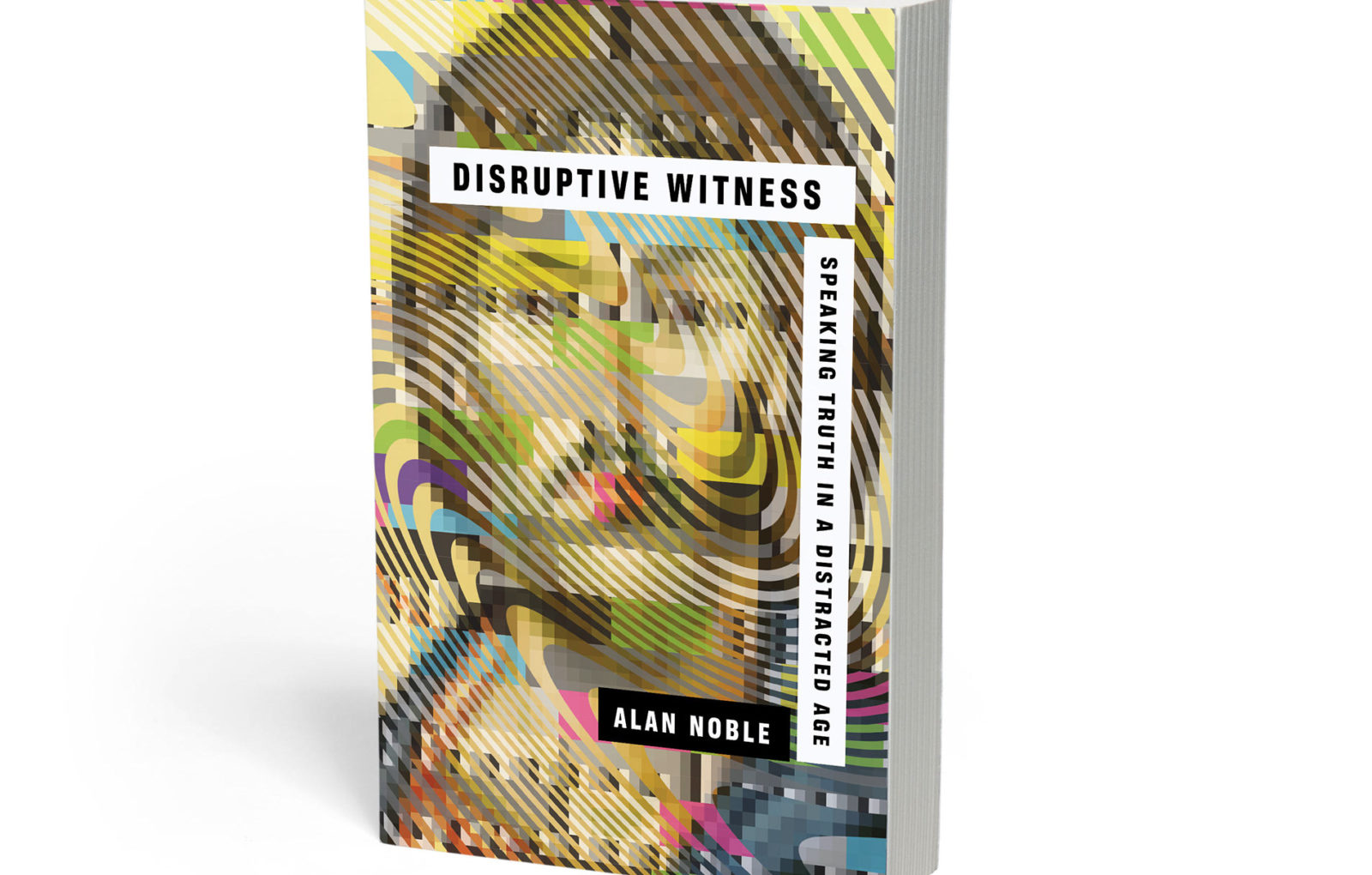
I spent most of 2017 and 2018 writing. I published Failing Faith last year and got about a third of the way through a new book this year. Sadly, writing always seems to distract me from one of my other great joys—reading. I tried to jump back on track during the summer and close out some books before the year ended. Overall, I encountered some incredible work that—not exaggerating—changed my life. Here a few of my favorites (in no particular order). To keep up with my reading throughout the year, follow me on Goodreads!
2018 Books
I didn’t read very many 2018 books, but most of what I did read turned out to be wonderful:
- The Year of Our Lord 1943: Christian Humanism in an Age of Crisis by Alan Jacobs – A fascinating and deep dive into the mind of a few formidable Christian intellectuals (including C.S. Lewis).
- Disruptive Witness: Speaking Truth in a Distracted Age by Alan Noble – Technology, liturgy, and art. I want to buy this for every Christian I know.
- The Coddling of the American Mind: How Good Intentions and Bad Ideas Are Setting Up a Generation for Failure by Greg Lukianoff and Jonathan Haidt – Not conclusive, but a great addition to the current discussions surrounding safe spaces and childrearing techniques.
- Everything Happens for a Reason: And Other Lies I’ve Loved by Kate Bowler – A sad, important, and surprisingly funny book about death and suffering. Bowler does a superb job of weaving together story and theology. Her previous work very much influenced Failing Faith.
- I haven’t finished Paul: A Biography by N.T. Wright or On Reading Well by Karen Swallow Prior, but I’m far enough into both to know that they will be some of my favorites of the year.
Before I move on, I just want to say that this tweet is my brand.
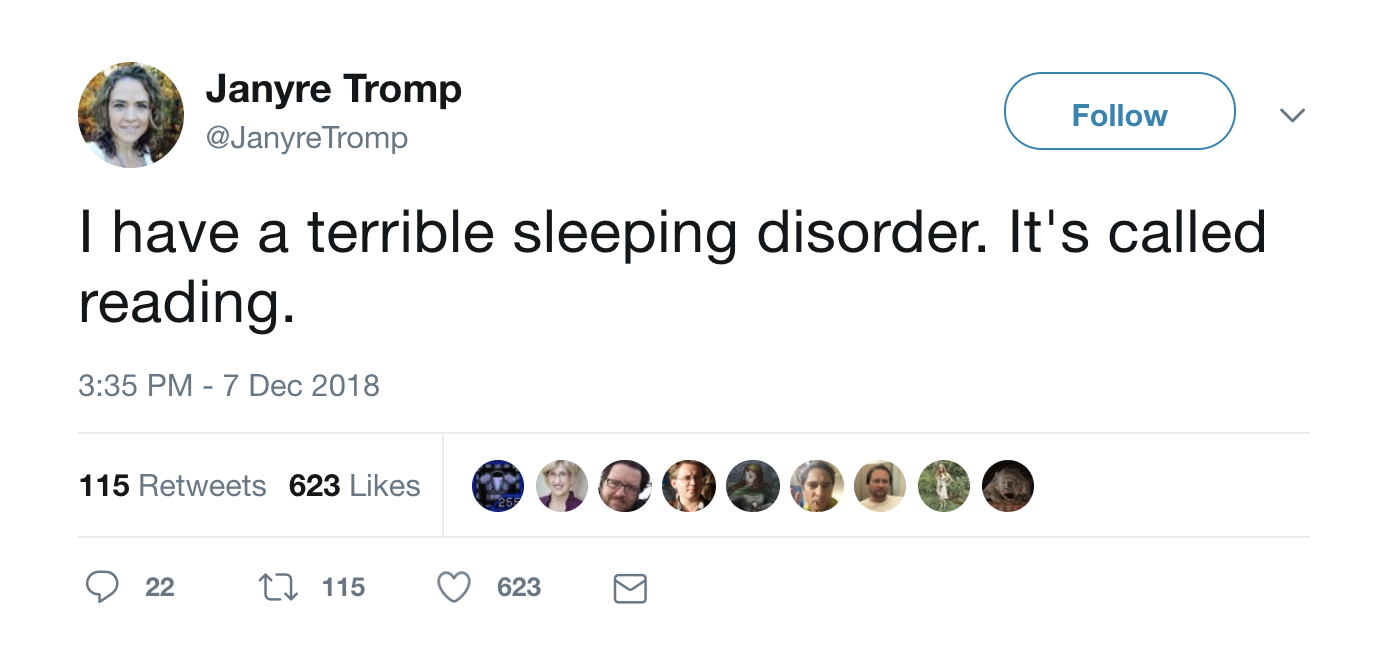
Non-2018 Books
- The End of the Affair by Graham Greene – It’s a classic for a reason. Specifically, I’m struck by Greene’s use of tragedy as divine mercy.
- How to Think: A Survival Guide for a World at Odds by Alan Jacobs – Wonderful. Just wonderful.
- The Righteous Mind: Why Good People Are Divided by Politics and Religion by Jonathan Haidt – Probably the best book I’ve read this year. Everyone needs to read it before arguing with people online (that way you’ll stop arguing with people online). Thoughts here.
- Walt Disney: The Triumph of the American Imagination by Neal Gabler – I love a good biography and this exhaustive 850-page tome on Walt Disney tells a great story without resorting to hagiography. I’m kind of obsessed with all things Disney right now.
- Killers of the Flower Moon: The Osage Murders and the Birth of the FBI by David Grann – A non-fiction thriller that reads like a novel. Rumor has it that Scorsese is working on an adaptation.
- Persuasion by Jane Austen – A friend of a friend (and hopefully a real friend soon) Cameron Combs recently wrote a blog that said: “I’m having a revelation. All the books I was supposed to read in high school—but didn’t—are SO GOOD.” Me too. I’m going to read more of these types of books in 2019. Austen’s works are truly wonderful. They function as more than simple romantic comedies. They peer into the world of high society and elitist snobbery to exalt virtue and charity. We could all learn a thing or two by observing the morality of her worlds.
- The Great Gatsby by F. Scott Fitzgerald – Ditto above.
- The Book of Strange New Things by Michel Faber – Read some of my thoughts here.
- Orthodoxy by G.K. Chesterton – Getting to those important books when I can!
What books did you read in 2018?




